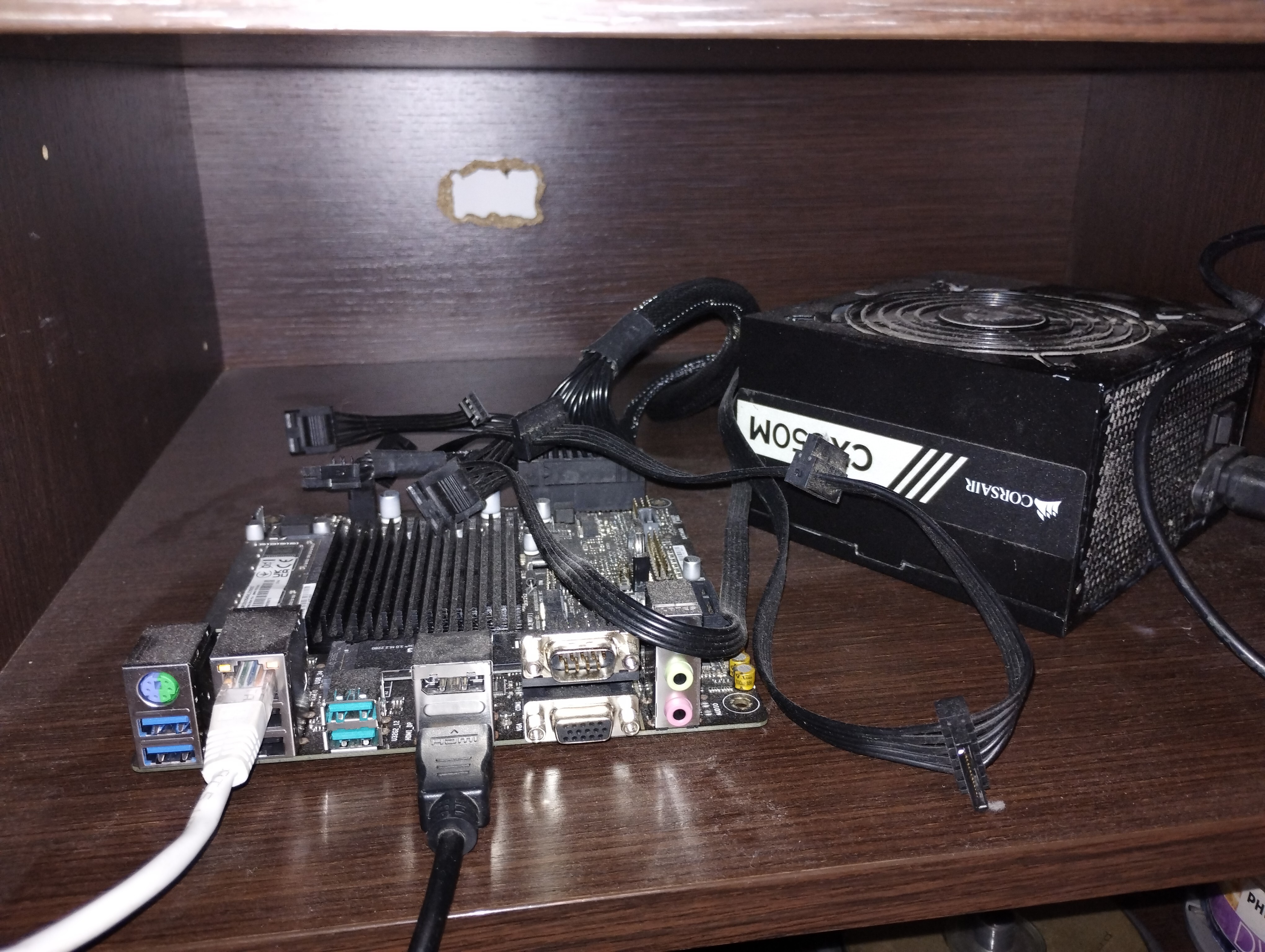

“Aperture Science: We do what we must, because we can.”
EDIT: Also: “Science isn’t about why - it’s about why not. Why is so much of our science dangerous? Why not marry safe science if you love it so much? In fact, why not invent a special safety door that won’t hit you in the butt on the way out, because you are fired!”
(Portal, and Portal 2)










This may help. (I wrote it)